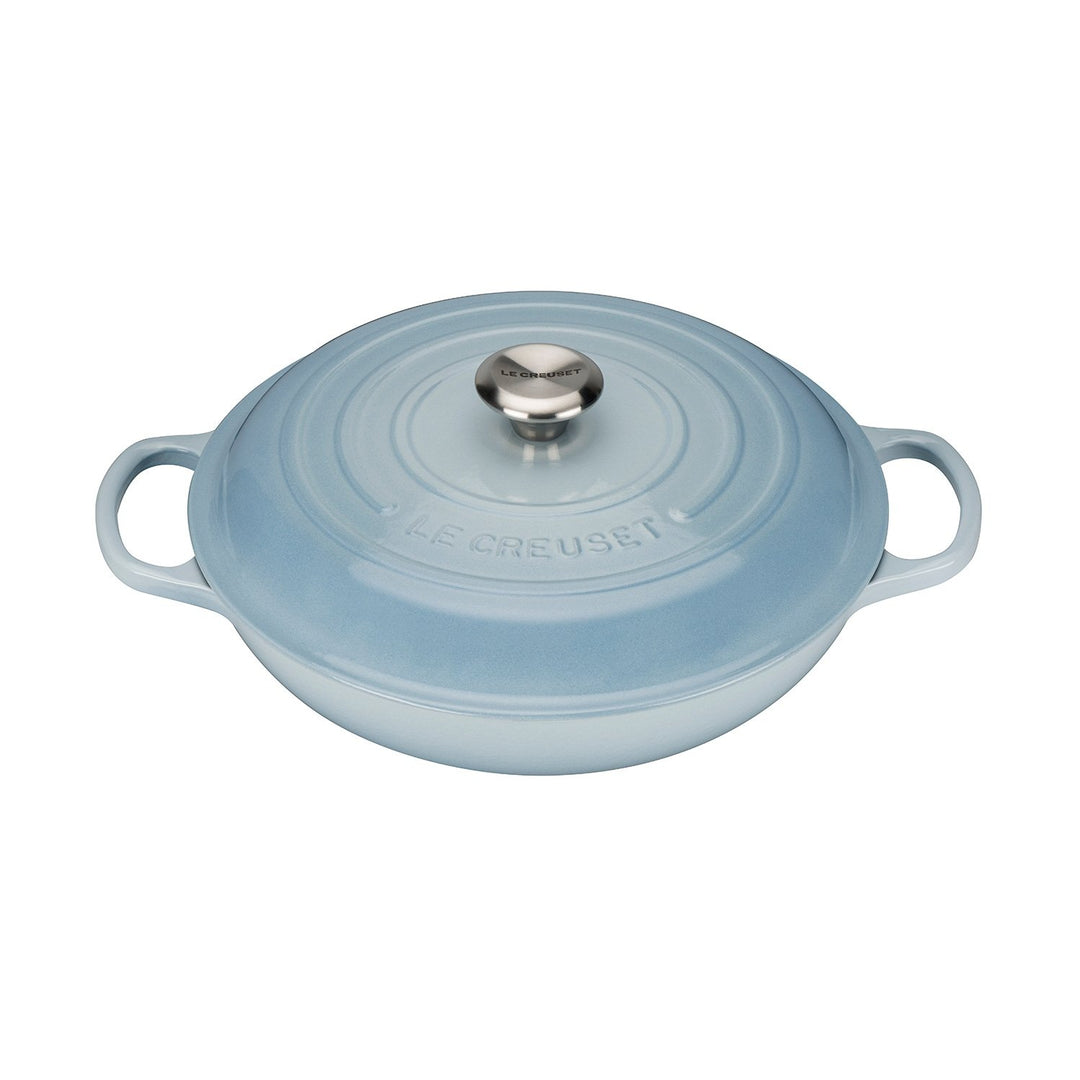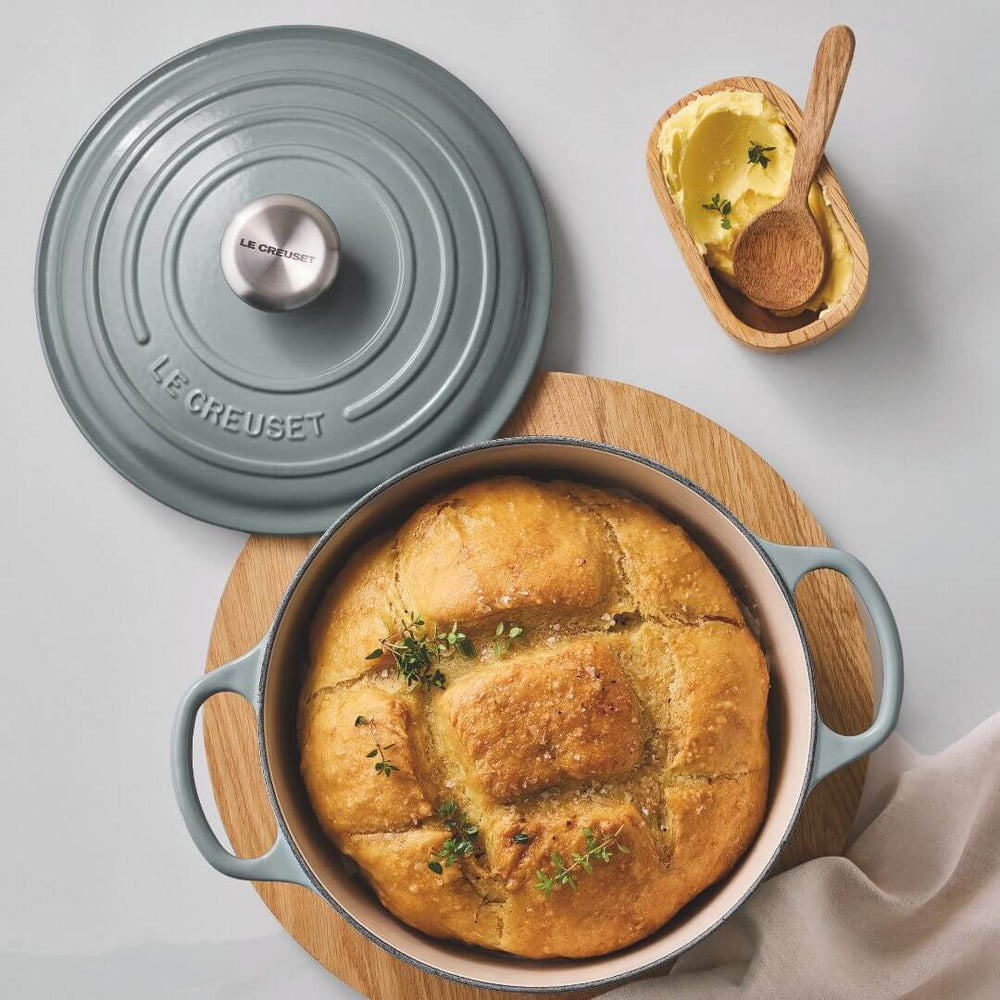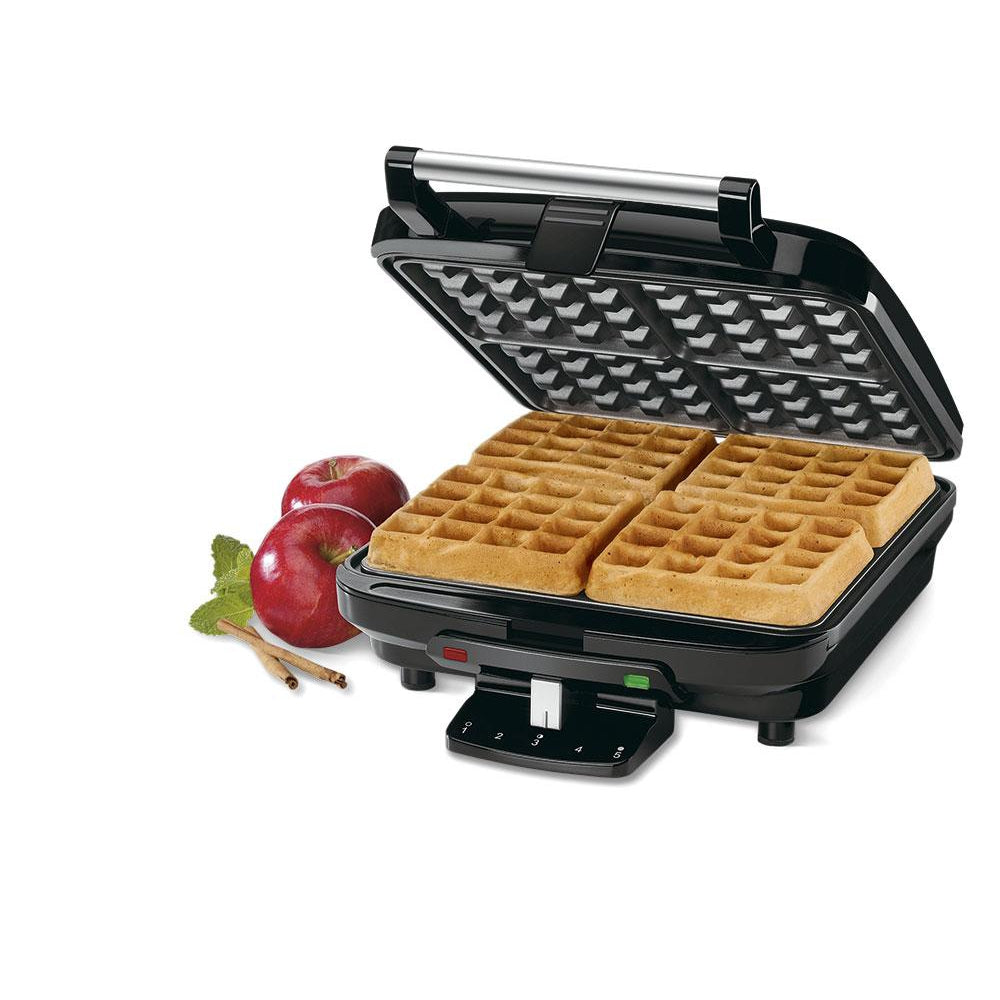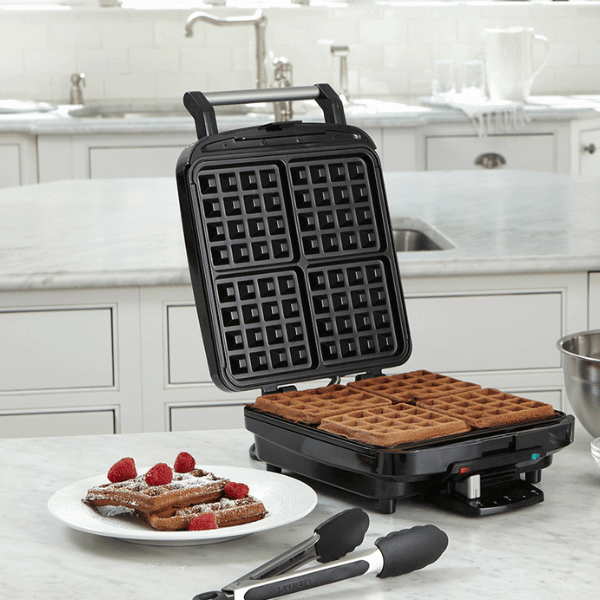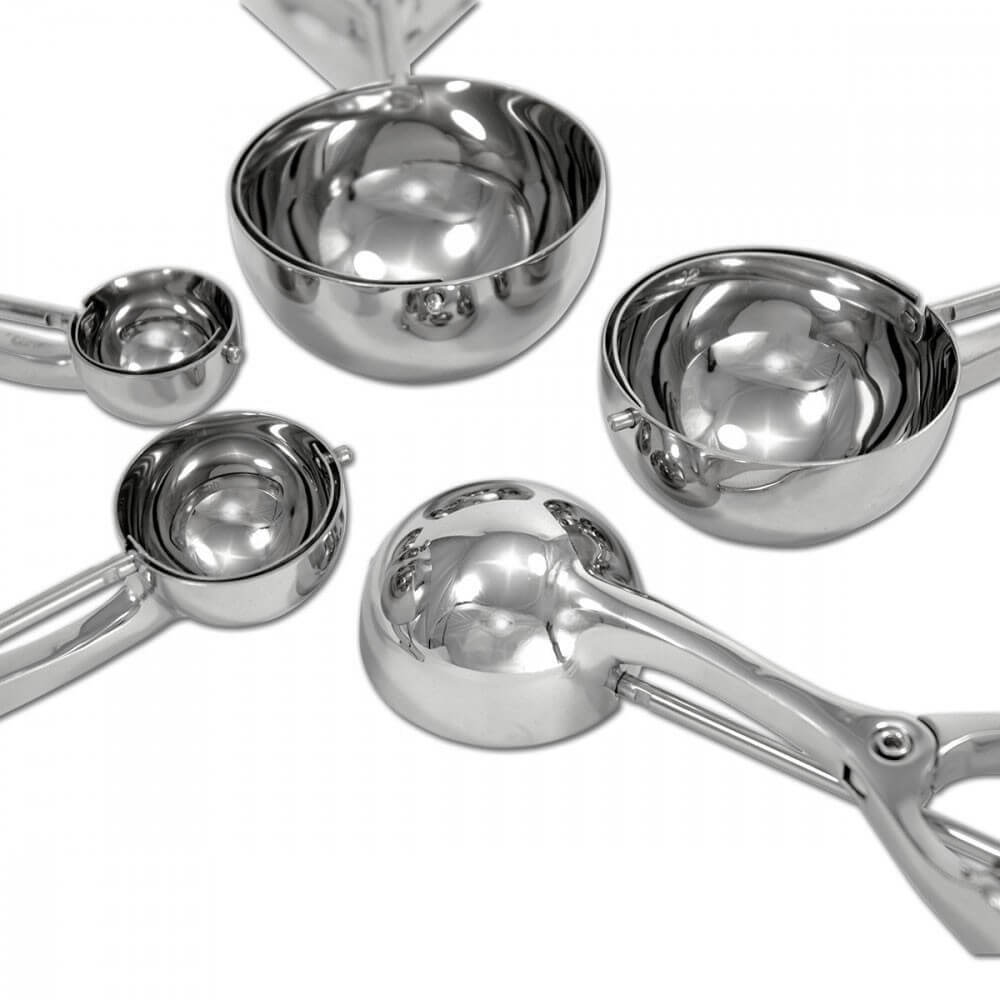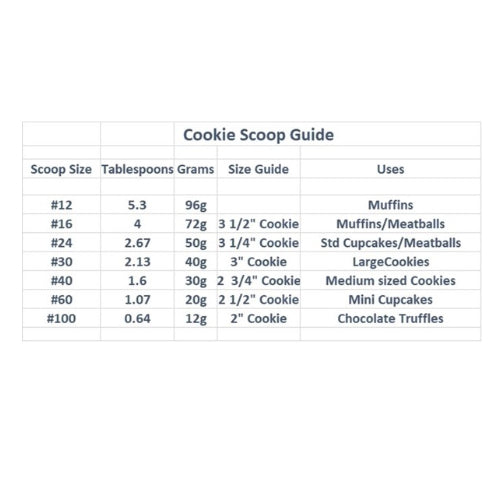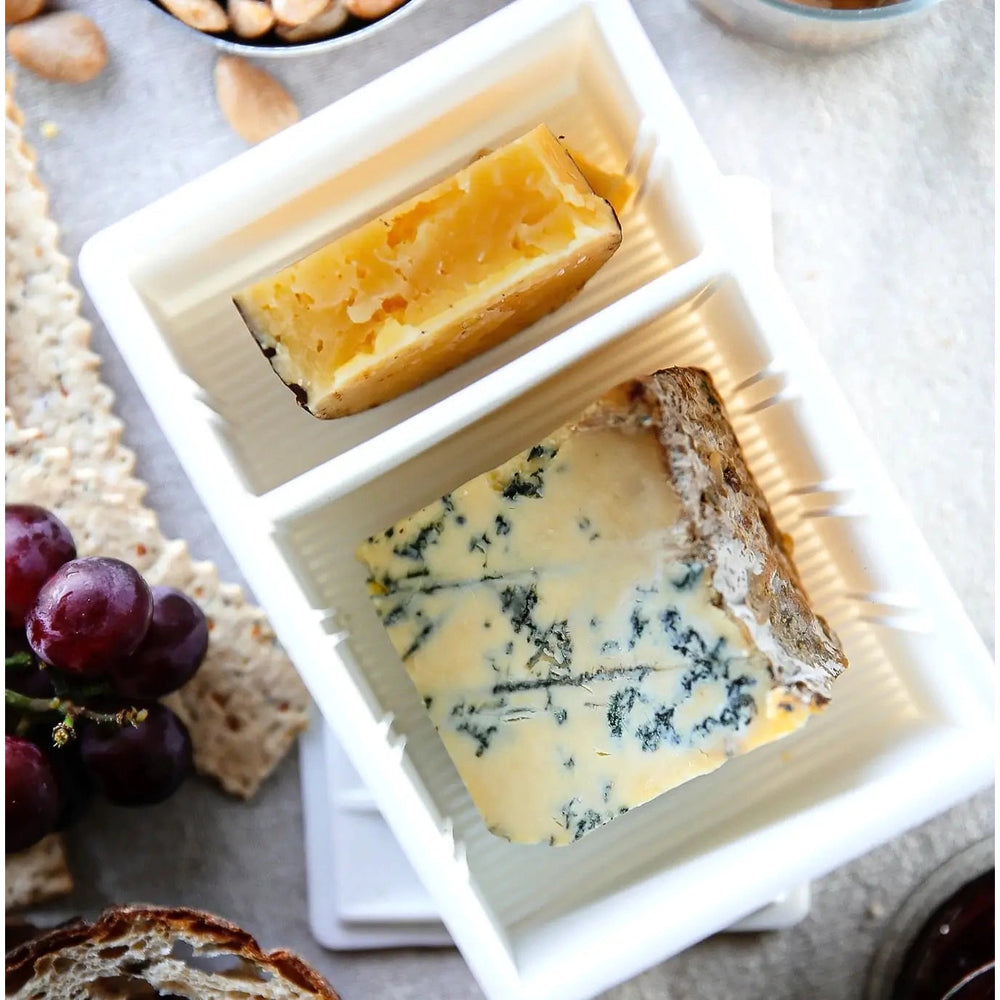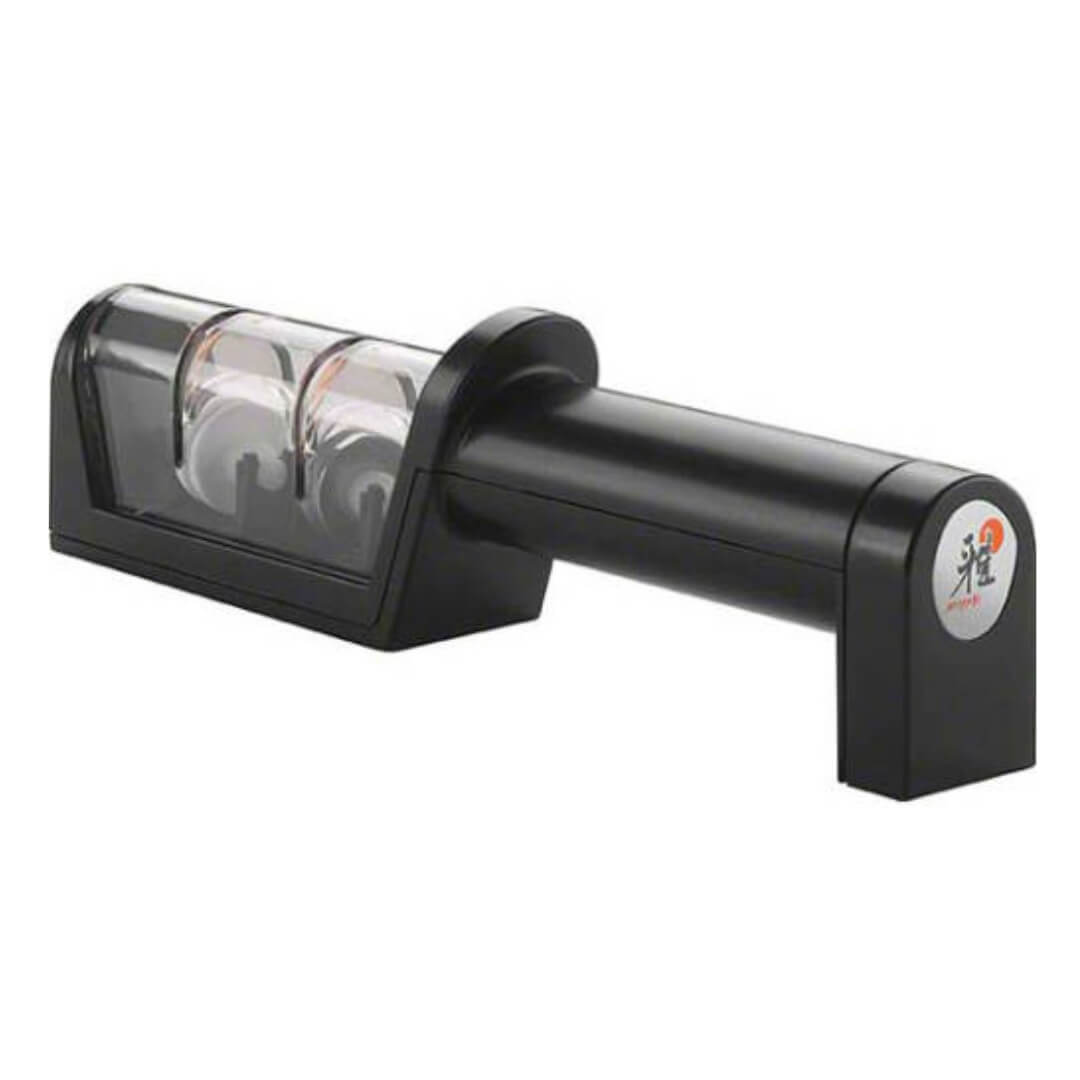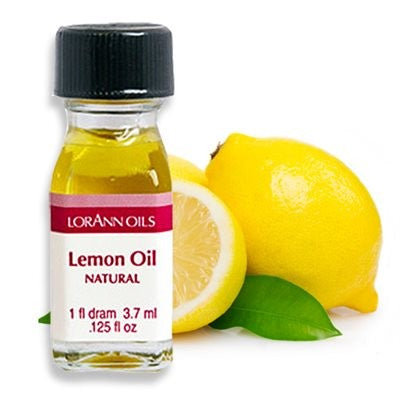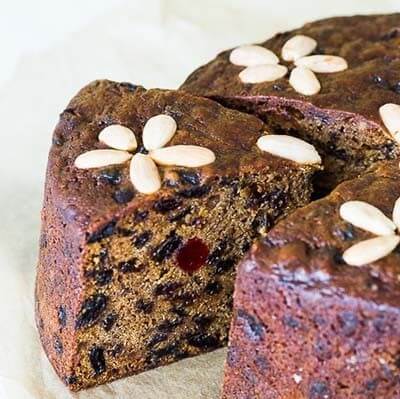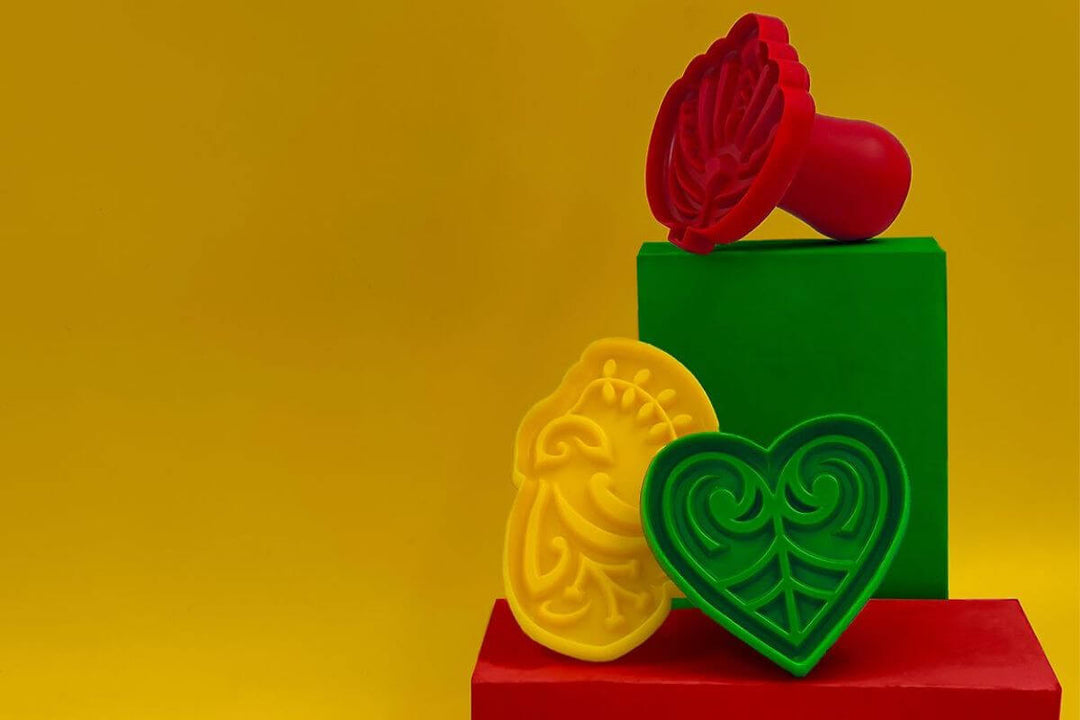Milly's 101: The Christmas Cake
Labour weekend traditionally sounds the gong for all Christmas focussed bakers to pull out their largest bowls and those closely guarded cake and pudding recipes. The evocative flavours of a well-baked and fed Christmas cake are, in our opinion, one of the great pleasures of the season. Fear not though -if this is your first attempt or you’ve had unsatisfactory results in the past, the good news is that an excellent Christmas cake is truly not hard to achieve if you follow a few rules. The Milly’s team have, we reckon, been collectively baking for about a hundred years so we’ve assembled our top tips to ensure they’re all talking about your cake (in a good way) well into the New Year.
Is it ever too soon to bake? Essentially, no! Whilst a Labour weekend bake provides the ideal amount of ‘soak’ time, we’ve known of cakes that have kept for much longer – think of the tradition of keeping the top tier of a wedding cake. As a general rule of thumb, the longer you intend to store your cake, the greater the care you should take with recipe choice (heavy, rich fruit cakes will keep much longer than a light ‘mostly cake’ version), your feeding regime and your storage method.
To soak or not to soak … We usually do. Soaking your fruit overnight (or longer, again there’s no rule) has a multitude of benefits. It will build an extra layer of flavour as the fruits swell in their alcoholic bath - plus this early addition of alcohol will also enhance keeping qualities in the finished cake. Give the mixture a stir or two every day to ensure the alcohol is evenly distributed. And don’t be tempted to add extra liquid to the bowl – the fruit will gradually absorb the liquid as it plumps and adding more will throw off the ratios in your cake.
But do I have to use booze? Of course not. However, the relative sugar contents of alcohol and fruit juice are quite different – and it’s this sugar that helps with cake longevity and flavour. If you’d prefer to use fruit juice, add a tablespoon of honey to the soaking liquid to make up the required sugar level.
Don’t forget to sift … Don’t be tempted to add your dry ingredients unsifted. The purpose here is not to aerate the ingredients but to ensure that the flour is evenly combined with the spices and any leavening agents. Sift two to three times for best results.
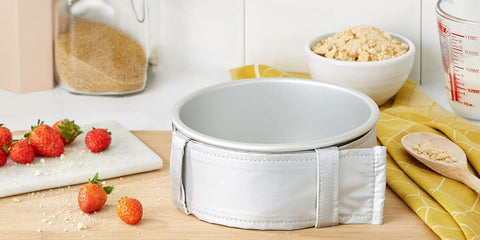
Do I really need to line the tin? Yes. Your cake is going to be in the oven for many hours and the sides and base need to be protected from excessive drying and browning while you’re waiting for the centre to cook through.
Do you have a wooden cakebox? If so, you just need to line the inside with baking paper
If you're using a 'tin' we usually use two layers of parchment paper for the base and sides and then several sheets of newspaper, folded, for the exterior. We also have PME Baking Belts or Wilton Bake Even Strips available which are the perfect for turning your regular tin into one that is perfectly insulated for a long bake.
And what’s this about banging the tin? Do it! Dropping the filled tin from about 30cm onto your benchtop will ensure the mixture is forced into each corner and the fruit settles properly into the mixture without airholes.
Decoration - before and after … If you’d like to decorate the top with nuts (as in a Dundee cake) you’ll need to gently press these into the top of your batter (about 1/3 of nut submerged) before you bake it. Fruit cakes are so dense they don’t rise during cooking so the nuts won’t be covered.
Into the oven she goes … We recommend you start testing your cake for doneness at about ¾ of the time your recipe states (especially if it’s a recipe you haven’t tried before or if you have a new oven). And if you feel the top of your cake is getting too brown but the middle has a long way to cook, simply tent the top with a sheet of foil.
Cake Care After testing and judging the cake is cooked, remove it from the oven. Don’t be tempted to unmould from the tin or to cool on a wire rack. A slow, gentle cooling process will yield a more moist cake. Feel free to add a couple of tablespoons of brandy or other alcohol of your choice when the cake is still hot to begin the feeding process (and to get your first waft of Christmas!) – this also helps to rehydrate the surface crust after the baking process. Cut the paper collar (if you’ve used one) down to the height of the cake, top with a lid of fresh baking paper and another of foil and wrap the whole tin in a clean towel. Leave it somewhere safe to cool for 12 or hours. The cake will continue to darken as it cools so don’t be alarmed!
Storing your cake Once your cake is completely cooled, remove it from the tin. Peel away the paper lining (leaving the base one in place) and then this is where opinion is divided. Some of us here then wrap their cakes tightly in plastic wrap and then in foil before storing in an air tight container. Others place their cake straight into a plastic container (try to find one that has only a centimetre or two gap between the cake and the sides of the container to prevent excessive evaporation). It’s over to you …

Topping it off Traditionally, Christmas and other celebration cakes have been topped with marzipan and fondant icings. Ensure you cover your cake (top and sides) with thinned, boiled and sieved apricot jam before adding your rolled marzipan and then fondant icings. This will ensure the marzipan sticks to the cake. The second layer (fondant) should be attached using a clear alcohol (vodka or gin), brushed over the surface of the marzipan.
Commercial fondant will have a best before date on the packaging so this should be your guideline for how long your icing will keep. You can always remove old fondant icing from a cake that has been stored for years as in the case of wedding cakes being reused for christening cakes and put a new layer of fondant over the cake. Alternative icings such as butter cream can be used but they have a shorter shelf life of between 4 days to two weeks.
Good luck with your Christmas baking this year. Remember that we’re here to help with any other questions you may have plus the best equipment to ensure a successful outcome.


